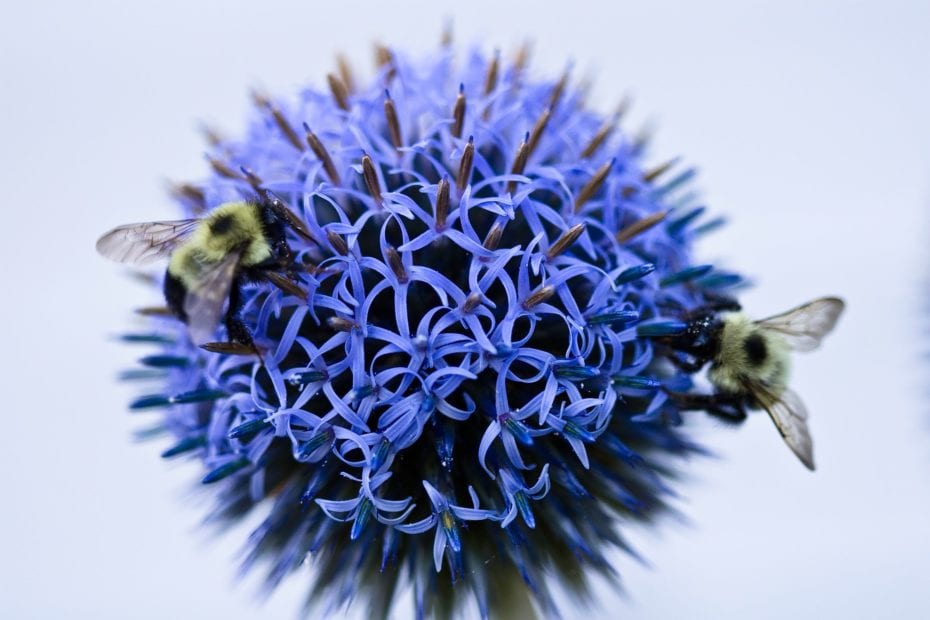Gary here. Thanks for stopping by!
It’s the weekend, after another week of social distancing here in northern California.
And now, let’s all take a deep breath, and try to relax. It’s time for a quick trip to the apiary, and this time, to install three new packages of bees, that I received through the San Francisco Beekeepers. Here are a few moments to spend with the bees.
Be well, and stay calm.

We all have many journeys. Gary’s began in a small Midwest town, where he could play unfettered in the woods, finding an early love for nature and learning self-reliance. The space program and the night skies hooked him on astronomy. After finishing college, the wide world beckoned, and his fascination with science drew him to California to participate in the booming tech industry. Now he still stares upward, wondering what it all is about.

You would be a great educator! Maybe you are already!!
John, I’m enjoying giving a little “beekeeping 101” here, though I’m still a newbie at it; this is only my fifth year at the hobby.
I’ve enjoyed all of the bee videos – very peaceful. This one was my favorite because I learned so many new things. I was surprised that the queen was separated from the bees. Did she not come from their original hive? Another interesting thing was giving them the protein chips – fascinating! Were the new boxes placed in the same areas of your other hives? If not, how far apart are colonies placed? Please continue these posts.
Pam, those are all great questions!
Regarding the queen – when the worker bees make a replacement queen (as they have done for the successful split that we did in an earlier video), the queen grows inside the same hive box. When you buy a commercial queen, those are grown separately. (I attended a day-long class with Randy Oliver about making queens. It is a bit of an art.) The beekeeper will create a bunch of queens and leave them to grow in a single hive box, and then will remove them just in time so the don’t kill each other. (It is sort of “Game of Thrones” – the first queen to hatch will immediately sting all the others before they come out.) So the commercial beekeeper in the business of queen-selling will then place each queen in a separate wooden cage, and put in a cork stopper so she cannot leave. That tiny box is affixed inside the package of bees. They know she is there but they cannot reach her. Often the commercial beekeeper puts a few attendants in the box with her. (In the case of the three packages that I installed this year, they didn’t include attendants.) They keep the queen separated until she can release pheromones that then tell the worker bees that she is there, that she is their queen, that she is the boss. (If she wasn’t caged until this happens, they can kill her, sort of by mistake as an intruder.) Notice that I replaced the cork with a marshmallow plug, and the bees try to free the queen by eating it away. Some of the beekeeping books recommend waiting three days to swap out the cork for a marshmallow; but I haven’t found it strictly necessary, as it depends upon how long the package is assembled before arrival in my hands.
Regarding the protein food – there are lots of things that you can give bees to give them a bit of a boost – protein, bee food, various treatments to enhance their immune systems. I’m not sure how effective these are. I’ve tried a few. It is good to provide protein and sugar water to a new package because the worker bees have a ton of things to do right away – build comb so the queen can begin laying eggs, collecting protein from nature, collecting nectar, guard the hive (since they are low in numbers and somewhat vulnerable to raiding), clean the hive boxes, etc. So a little protein and sugar water can help, so they can concentrate on the other tasks. But as a rule, it is best to leave Nature to do its thing with little interference.
You will notice that I have two long hive stands, that each hold five hives. Those eliminate some of the bending over – “beekeeper’s back” can be an issue, as the boxes get heavy when full of honey. So the hives are only a few feet apart. (The hives are the boxes; the “colony” refers to the bees in the boxes.) At the moment I have four hives on each hive stand, for a total of eight. One key is to face the entrances at slightly different angles. DO NOT line them all up in parallel (just a bit of an angle difference is enough). That is because the foraging bees use the sun angle and the angle of their particular home as coordinates. The different angle on the box entrances tells them they are heading to the right one. If you do not do this, you can have some “drift” – bees end up in the wrong colony, and then one colony looses population while another gains – not a good idea.
Keep up the questions. Next spring you can join the beekeeping ranks!
Now I am more fascinated! The explanation about the openings needing to be at different angles is so interesting. Nature is amazing!